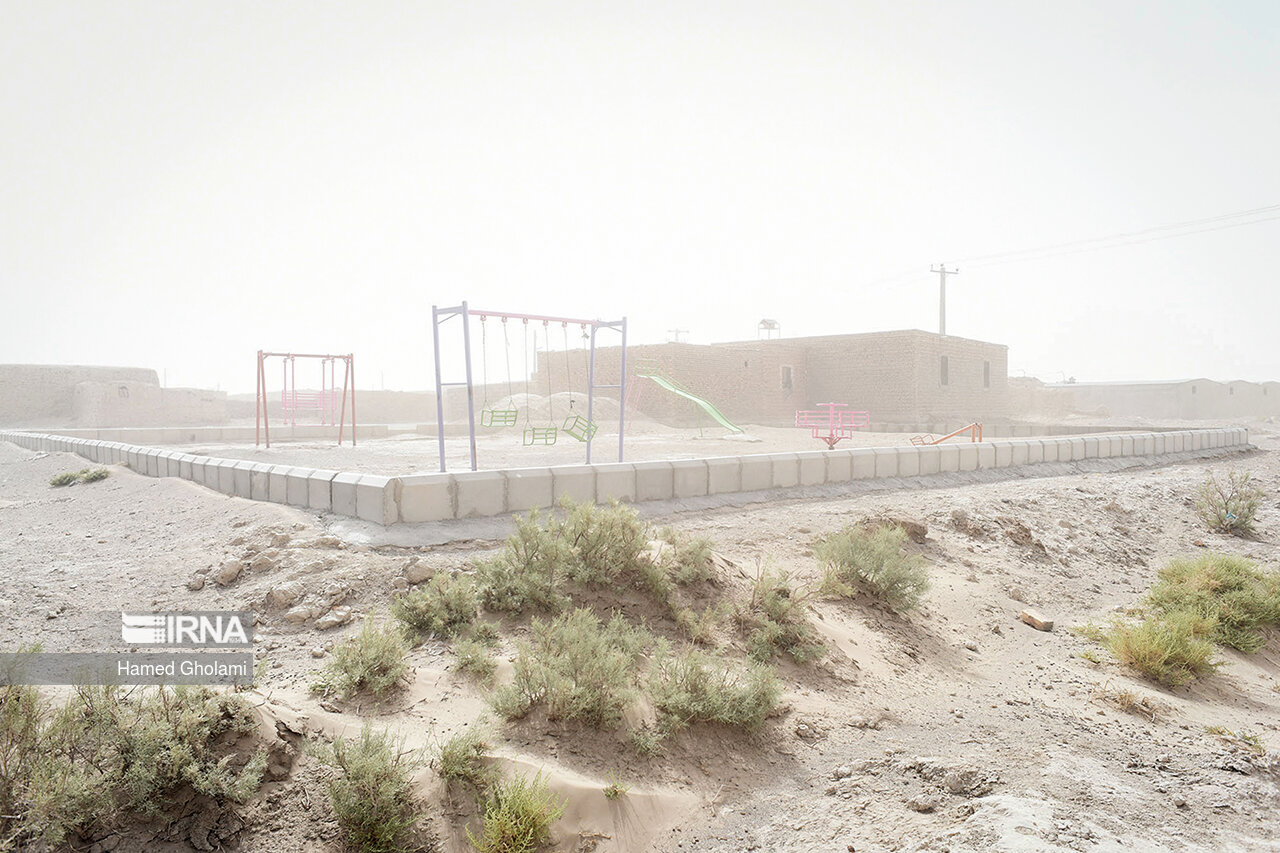The Director of Iran’s National Center for Climate and Drought Crisis Management Ahad Vazifeh stated that drought and the decline in rainfall over the past two decades have turned some of the country’s lakes and wetlands into sources of sand and dust storms (SDS).
“In the past decades, Iran roughly had 130 lakes and wetlands but unfortunately, now some of them have changed into hotspots of sand and dust,” Vazifeh was quoted as saying by ISNA on Saturday.
According to the official, long periods of drought have left the soil in these areas exposed to wind erosion, which can turn into storms of dust in other areas.
“Sandstorms can be severe in certain years and not so much in other years and this is not that predictable,” he said.
For the last few years, Iran has been regularly struck by SDS especially during spring and summer as strong winds carry particles from drylands inside and outside the country to other regions.
Vazifeh added, “The status of all abandoned agricultural lands and dried up lakes and wetlands can be compared to satellite images from years ago; they are now hotspots for SDS.”
The decline in rainfall means soil can no longer be stabilized, he noted.
“Rainfall was adequate in northern and western regions in the country this year. It was not adequate in eastern and southern provinces,” he said, adding that all lakes in the latter areas have dried up and turned into sources of dust and storm.
The Province of Sistan-Baluchestan has especially fallen victim to the years-long dry spell as the region has been engulfed by thick clouds of yellow dust this summer.
***SDS-Linked Hospitalizations
As many as 162 people have been hospitalized in the southeastern province of Sistan-Baluchestan this summer, as the 120-day wind carries clouds of particles into the area, creating devastating sandstorms that have disrupted the lives of the locals in the past weeks.
Some 1,010 have visited hospitals complaining of eye and heart problems as well as respiratory difficulties.
To alleviate the effects of SDS, officials have been distributing face masks in the region and placed emergency units on alert to assist those in need.
Iran has been trying to mobilize regional action to block out sandstorms to save its infrastructure and the lives of millions of people directly affected by the meteorological phenomenon.


